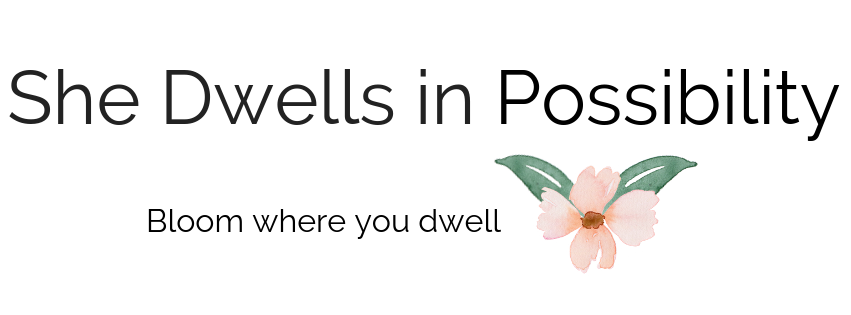Have you ever had a goal that just doesn’t seem achievable–a goal that resists all your best efforts to make it a reality? If that sounds familiar, it might be time to employ a strategy called design thinking.
I was first introduced to the idea of design thinking via this article by Tara Parker-Pope. It’s a thought process normally employed by entrepreneurs and others who are trying to solve large-scale social problems, but it can work on personal level too. Design thinking encourages us to remember that our goals can always be revised: if we aren’t achieving our aims, that might be because we aren’t actually aiming for them at all.
What is Design Thinking?
Design thinking involves five steps:
- Empathize and determine the real issues.
- Define the specific problem these issues have created.
- Brainstorm for solutions.
- Create a plan for implementing one of those solutions.
- Test the plan and get feedback.
That first step involves asking a really important question: What would it do for me if I solved this problem? Parker-Pope offers the example of her own struggle with weight loss. When she asked herself this important question, she realized the actual problems she was facing–the problems caused by her weight–were a lack of energy and the loss of friendships due to self-consciousness about her appearance. When she focused on ways of addressing those issues, she actually wound up losing weight.
Like a lot of women, I’ve struggled with weight issues throughout my life. I’m pretty sure I have never asked myself What would it do for me if I lost the weight? In fact, I’m pretty sure I would have thought that question was absurd. The only goal I ever had in mind was seeing a smaller number on the scale. Without identifying the reasons why that number was important, I was dooming myself to failure. (Interestingly enough, I did finally lose the weight I wanted to lose and keep it off–and I now realize that was because I had clear reasons for doing it.)
Design Thinking At Work
Some years ago, I applied design thinking to a blogging goal I was struggling to achieve: posting more Table for Two recipes on She Dwells. I love to cook, so I couldn’t figure out why I was having such a hard time getting myself to create recipe posts. I began by asking myself that first question: What would it do for me if posted more recipes? Initially, I thought it might help me draw new readers to my blog, since I know many people look for recipes online. But when I was honest with myself, I had to admit that I wasn’t completely convinced recipes were what people were looking for when they came to She Dwells.
That thought process led me to understand the real problem I needed to solve: figuring out what my readers are looking for. I decided to answer that question by looking at the Google Analytics for this blog.
Guess what? None of the most popular posts included recipes. Based on the information, I’d gathered, I brainstormed (Step 3) for new blog post topics and I found myself feeling excited about the prospect of creating content that I actually believed people might want to read.
After working through this process, I realized that revising my goal was more productive than trying to force myself to do something. I turned my attention to something I could get fired up about, instead: developing new posts for the Mind & Body category. It has the strongest readership, and it’s also the thing I’m most passionate about. I was not the least bit surprised when that change of focus drove my readership numbers higher than they’d ever been.
Change Your Goals, Not Your Strategies
Design thinking is useful in two specific ways: first, it asks us to be clear about what we know, rather than what we think we know. Second, it asks us to remember that our goals are dynamic. Most of of are accustomed to thinking that, if a particular strategy isn’t achieving the outcome we’re aiming for, we have to change our strategy. But why not change the goal instead? Why not aim for the something we’re confident we can achieve?
The boost of confidence that comes from getting where you want to go may ultimately be more important to your self-esteem than reaching every goal you set for yourself. If you’re struggling to make something happen, design thinking might help you figure out how to shift your focus. And that shift might be just what you need to feel more inspired and productive.





No Comments